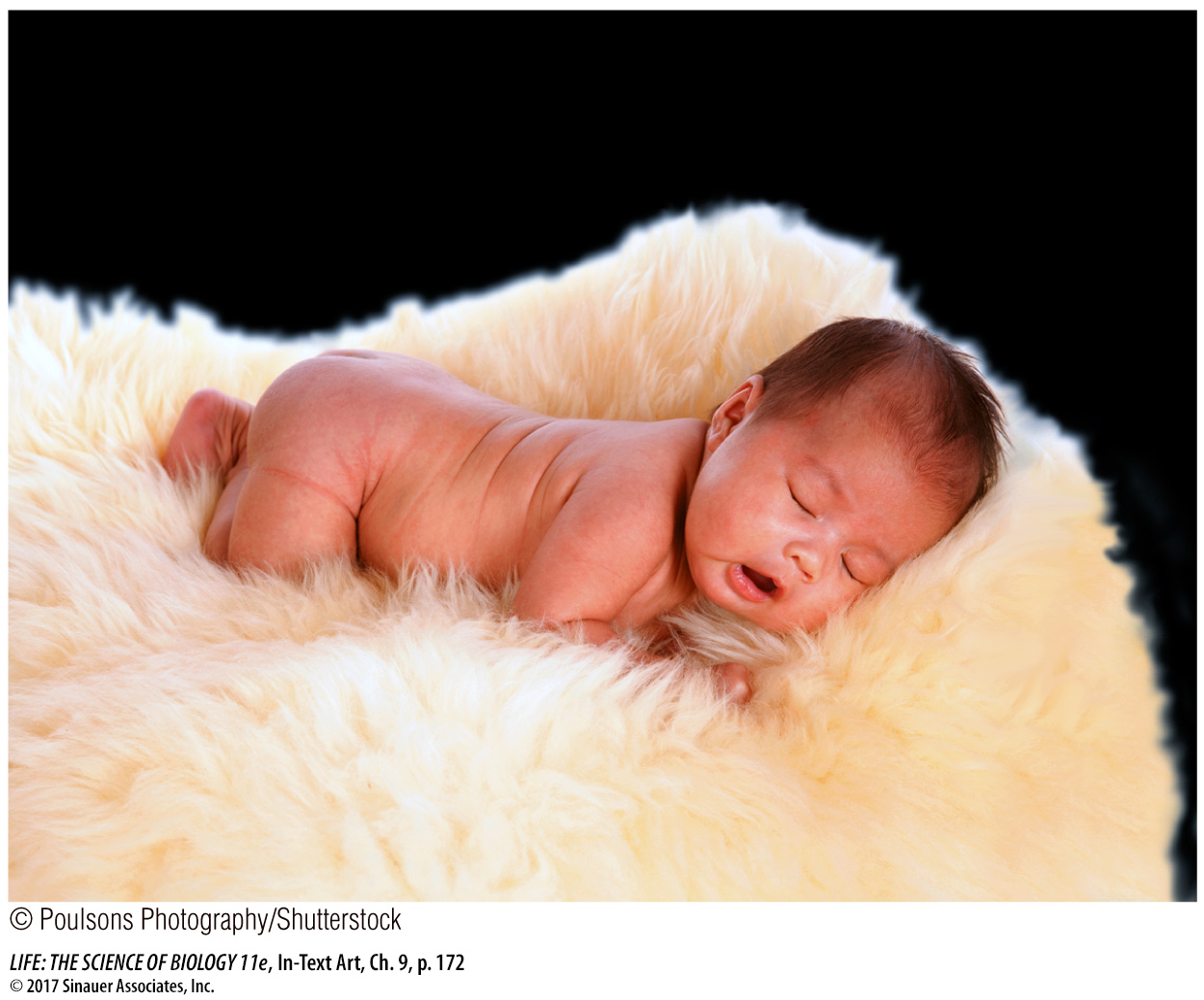investigating life
With 17 percent of children and 35 percent of adults in the United States now described as obese, physicians have declared an “obesity epidemic.” Dramatic increases in diseases associated with obesity—among them diabetes, heart disease, and cancer—have understandably alarmed the medical establishment.
While nutritional science has shown that not all foods affect all people in the same ways, in most cases the significant excess body weight of obese people can be prevented or reduced if they eat less and exercise more. It is a matter of energy: if we eat more energy-yielding molecules than we need to build our bodies and to fuel activities such as brain functions and physical activity, we will store the unneeded energy as fat. There is an evolutionary advantage in storing fat: the energy in the C—C and C—H bonds in fat can be used later when food is scarce. But excess fat has adverse consequences.

Not all fat (adipose) tissues are the same. White adipose tissue (sometimes referred to simply as “white fat”) is used primarily to store energy. Brown adipose tissue has high concentrations of mitochondria, which have iron-containing pigments. When energy-rich molecules in brown fat are catabolized, the stored energy is released not as chemical energy but as heat. The cells in brown fat make a protein called UCP1 (uncoupling protein 1) that inserts into the inner membranes of mitochondria, making them permeable to protons (H+). The general impermeability of these membranes to H+ is key to coupling the catabolism of molecules such as fats to the release of their stored energy in chemical form (to make ATP). If the membranes become permeable to H+, this coupling is lost and the stored energy is released as heat.
Human infants are born with a great deal of brown fat in their back and shoulders. Because infants have a high surface area-to-volume ratio, they tend to lose a lot of heat. One way they keep warm is to produce heat in their brown fat tissues. As a child grows up, the brown fat content of the body is reduced. Adults have mostly white fat, which has less UCP1 and generates less heat when the fat is catabolized. But biologists recently found brown fat in adults, and its significance is gaining increasing attention.
How are mitochondria related to obesity?

